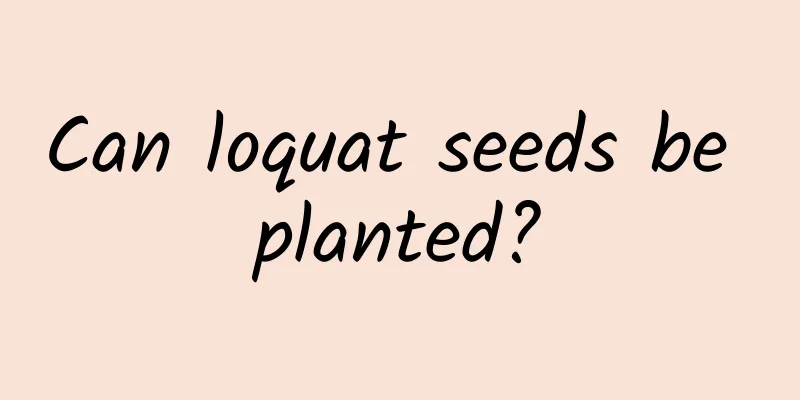Causes and solutions for yellowing kale leaves

1. The light is not strong enoughReason: Kale is light-loving and prefers to grow in an environment with sufficient light. Adequate sunlight can make it grow faster, the plant color will be fuller and brighter, and the body will be better. However, insufficient light will cause it to grow slowly, and the leaves will become darker until they turn yellow and fall off. Measures: If it is a potted plant, it needs to be moved to a sunny place for maintenance, but be sure to shade it when there is strong direct sunlight in the summer, and it does not need shade in the winter. If it is planted in the ground, it may need to be transplanted to a location with better light. 2. Excessive waterReason: Kale is drought-resistant but afraid of waterlogging, and prefers to grow in a relatively dry environment. If you water too much on a regular basis, the soil will become too wet. This will make its growing environment somewhat humid, hinder its root breathing, and slowly the leaves will turn yellow. Measures: When there is too much moisture in the soil, you need to temporarily stop watering and loosen the soil. And move it to a ventilated place with scattered light to promote the evaporation of moisture, making its growing environment dry again. This will get the yellow leaf problem under control as quickly as possible. During subsequent maintenance, the amount of water needs to be controlled, and water accumulation is not allowed. It is better to be dry than wet. When the temperature is too low in winter, you can stop watering. 3. Insufficient nutrientsReason: Kale likes fertilizer and has a relatively large demand for fertilizer. It needs to be fertilized once or twice a month to meet its nutrient needs for growth. If there is insufficient nutrition, the plant will be malnourished inside, causing the external branches and leaves to gradually turn yellow. Measures: Apply fertilizer in time, apply small amounts of fertilizer frequently, and slowly increase the amount of fertilizer to give it room to adapt. When applying fertilizer, use phosphorus fertilizer and potassium fertilizer mainly. Do not apply too much nitrogen fertilizer, as it may cause the leaves to grow too long. |
<<: Causes and treatments of yellow leaves of Maiden Heart
>>: Causes and treatments for yellowing leaves of lavender
Recommend
Method of hydroponic onion cultivation
1. Selection and processing Before hydroponics, y...
Put the foam board on the basin, flush it with water, and all the bugs will die!
Foam board basin cover If flowers are infected wi...
How to grow wintersweet
1. Maintenance methods 1. Watering: The plant is ...
Cauliflower's growing environment and local conditions
Cauliflower Growth Environment and Conditions Cau...
The difference between cat's claw and bear's paw
1. Difference in quantity Although the succulent ...
How to plant passion fruit seeds
1. Seed selection Select a passion fruit that is ...
How to care for the old bonsai of Cyperus tuberosus
Making of old bonsai of Tuberoseleaf Flower Moon ...
How to propagate Chlorophytum comosum
Cutting propagation Cuttings are a simple method ...
How to fertilize cabbage more effectively?
Cabbage, also known as cabbage, Chinese cabbage, ...
Custard apple cultivation methods and precautions
1. Maintenance methods 1. Temperature: It is a he...
When and how to plant grape hyacinths
1. Planting time When planting, you must choose t...
When is the best time to plant carrots?
Carrot is an annual or biennial herb of the genus...
Should Milan flowers be placed in a large or small pot?
Should Milan flowers be placed in a large or smal...
Can roses be transplanted in winter? Can roses be planted in winter?
Can roses be transplanted in winter? It is best n...
How to grow evening mist flower
1. Maintenance methods 1. Temperature: Evening mi...









